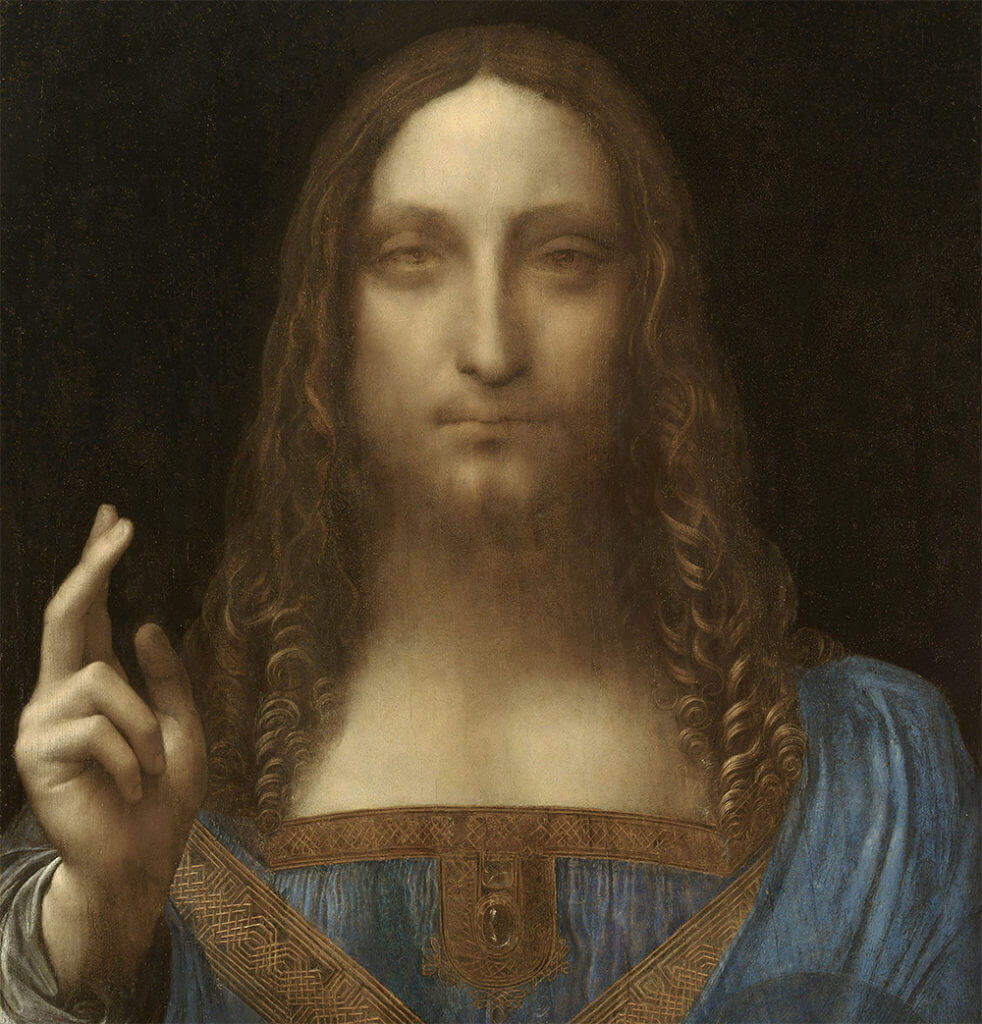The high-end art sector is currently booming with surging numbers of sales and record-breaking purchases. 2018 saw global art sales top $67 billion, an increase of 6% on the previous year. This year, a sculpture by Jeff Koons sold for $91.1 million—the highest amount ever paid for a living artist.
In 2017, the world’s most expensive art purchase so far was made when the Saudi royal family bought a (purported) Leonardo da Vinci painting for a jaw-dropping $450 million.
But what is behind these trends and what can we learn from these staggering prices? Here we take a look at just a few of the myriad factors behind the booming global art market.
First, this is a golden age for wealth
It’s no secret that inequality has been increasing globally for decades as the rich hoard more and more wealth for themselves at the expense of the world’s less well-off. The filthy rich—those are people who have a net-worth of $30 million—tend to go by the less emotive euphemism of ‘Ultra High Net-Worth Individuals’ (UHNWI) these days.
In 2017 it was calculated that, although they only account for around 0.003% of the global population, UHNWIs hold around 13% of all the world’s wealth. The following year UNHWIs increased their total combined net worth to $31.5 trillion, up a healthy 16.3% on the previous year. So, it’s fair to say that it’s a very good time to be filthy rich.
In tandem with this increasing inequality, investment in art by the wealthy has seen a huge growth spurt. A report in 2018 indicated that the rich invested 21% more in art than the previous year, making it the first time in nearly a decade that they put more cash into paintings than their other favourite expensive luxury—wine.
So why is art the investment-du-jour for our increasingly wealthy friends?
Art is now seen as a commodity
The idea of art as an investment has been around a long time, but it really took off in the 1960s when wily industry figures decided to publicise the financial potential of art in order to capitalise on the booming post-war economy. Thus, a leading British auction house teamed up with a London newspaper to periodically publish the Times-Sotheby Index—an investment index charting the increasing prices of art sold at auction. The message was clear: art is a hot investment that can outstrip the returns on traditional assets.
In the decades since, art has been eagerly pushed as a lucrative asset class by pretty much anyone who stood to benefit financially—such as art galleries, auction houses, artists, critics, and the wider cultural and financial industries.
The parasitic financial industries, for example, have been using every tool at their disposal to inflate and exploit art as a source of revenue. And when they ran out of tools, they invented new ones. Thus, recent years have seen a deluge of new credit products, derivatives, securitisation funds and even new blockchain technologies introduced into the art market to ensure ever higher amounts of money pour in.
Meanwhile on the cultural side, the capitalist institutions surrounding the art industry have done their part to milk the situation by hyping up artists, sales and patrons in a never-ending barrage of breathless praise, chin-stroking commentary and cynical publicity.
Buying high-end art is also good PR
Lastly, for wealthy countries and individuals who may find their positions threatened by bad publicity, conspicuous spending on art can act as a PR campaign to boost or manipulate one’s reputation.
Take the rival Gulf states of Saudi Arabia and Qatar, for example, the leaders of whom account for four of the ten most expensive painting purchases of all time. Essentially, these wealthy rulers have been utilising their vast oil fortunes in recent years to re-brand themselves as benevolent patrons of the arts and to shift the reputations of their countries from those of repressive regimes to global cultural hubs, teeming with the world’s finest artistic specimens.
The best of example of this is the aforementioned most expensive painting ever sold: Salvator Mundi—bought in 2017 by a proxy of the Saudi Crown Prince Mohammed Bin Salman. This record-breaking purchase made headlines around the globe in 2017 for obvious reasons. But ongoing developments have generated endless news and blog articles ever since as content-desperate outlets breathlessly covered every aspect of the mysteries surrounding the buyer, the disputes around the da Vinci attribution, the abandoned exhibition in the new Abu Dhabi Louvre and so on.
This eager coverage by a cowed and complicit media has been hugely beneficial to Bin Salman and Saudi Arabia, helping to pull focus away from negative stories about, say, their brutal war against Yemen or the murder of the journalist Jamal Khashoggi. Which goes to show that while the painting itself may turn out to be worth a fraction of the near-half-a-billion-dollar cost, the PR payoff may prove priceless.
From these factors we can see that art has become a valued vehicle for the world’s richest people to increase their wealth and power—in part because of its potential for considerable returns and its ability to confer status and prestige. All of which is underwritten and promoted by self-serving financial and cultural industries hoping to ensure the trend continues and the money keeps flowing.
Special thanks to John Ellmore from KnowYourMoney.co.uk for sharing this post!
This post may contain affiliate links.

